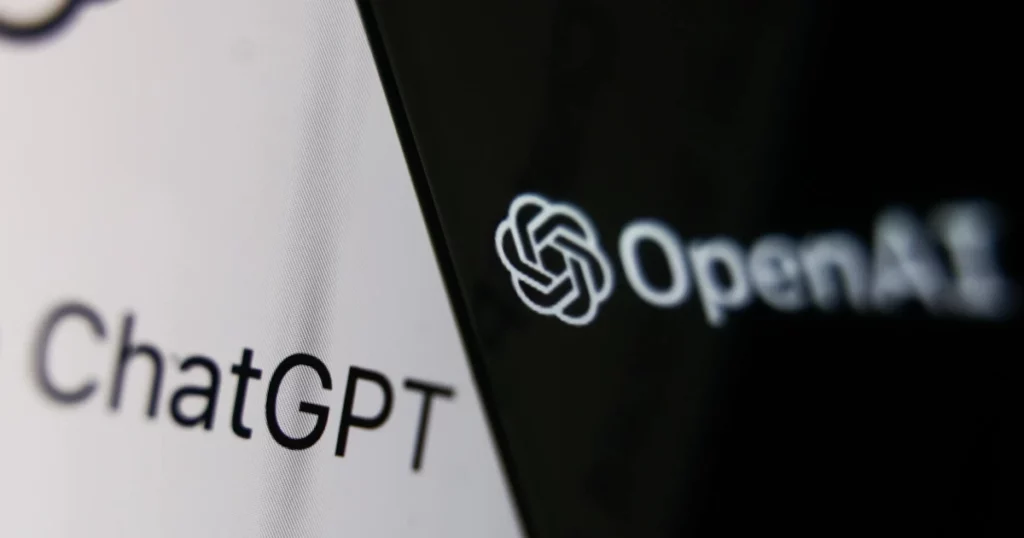The newsfeeds of marketers have recently been dominated by AI technologies like chatGPT, openAI, and DALL-E. More businesses are searching for creative methods to use the instrument to their benefit going forward as a result of their distinctive capabilities garnering media attention. All data lovers and marketing experts would be curious about how marketers can use ChatGPT given the buzz it has generated. To establish a brand, it is important to be informed about the tool’s capabilities and potential improvements.

Here are four ways by which brands can benefit from these tools:
Keyword Generation
With ChatGPT, marketers can identify synonyms for root keywords during keyword research. As an example, let’s say the root keyword is ‘luxurious kitchens’. By providing alternate synonyms for custom kitchens, unique kitchens, and personalized kitchens, ChatGPT will help marketers strengthen their on-page optimization strategy for landing pages, blog posts, and PPC campaigns.
Knowing about Current Trends
ChatGPT can be used to analyze customer feedback, social media conversations, and other data to gain insights into customer preferences and trends. Businesses can benefit from the tool’s ability to select relevant content from a variety of sources and conduct online research on any subject.
Researching Unique Contents
ChatGPT can improve a company’s online presence and customer engagement by engaging customers on social media or providing discussion starters on a website’s blog or forum. By asking ChatGPT or Open AI for product category trends to compile all the most essential information. What are some emerging trends within the YOUR PRODUCT CATEGORY market? is a further question that can be asked of these tools that may be relevant for your product content and advertising campaigns.
Generating Product Copy
The creation of unique and attractive ad copy across hundreds of marketing campaigns can be challenging. It is easier to manage this job with ChatGPT. By generating ideas for the copy and structure of an ad, this latest generative AI tool will enhance productivity. Moreover, it can also be used to write compelling emailers that can result in improved conversions for cold leads.
To conclude, relying too much on AI-driven content runs the risk of making everything seem and feel the same. For instance, if all cat food companies start using the same query to create ad headlines, they might all start using the same wording for those ads. If we continue to replicate the same trends and client use cases in our product and brand content, we risk having a lot of it that sounds the same. However, that is where AI’s purpose ends and the need for marketers to assess the success of their initiatives starts. These suggestions ought to be considered as a place to start rather than a fast cut. Still, someone needs to be holding the steering wheel while examining the dashboard and making course corrections.
In my opinion, this is simply the beginning of a significant change in the way we carry out digital marketing plans across numerous media. With further experimentation and technological overlays, a lot more use cases will surface.



